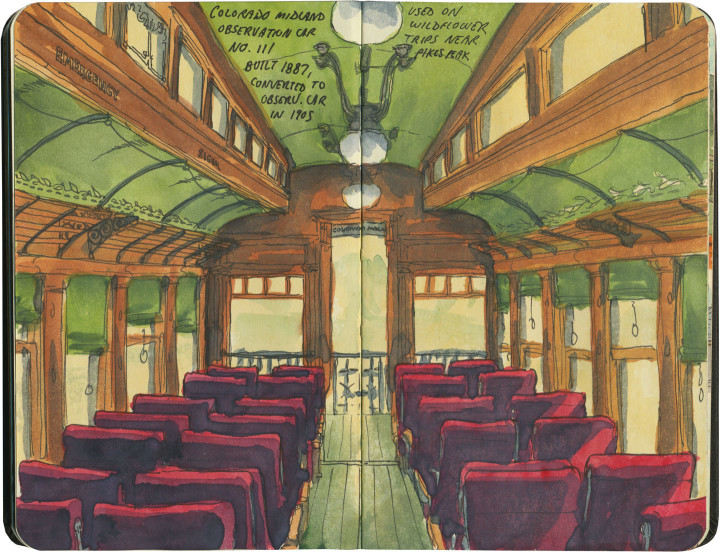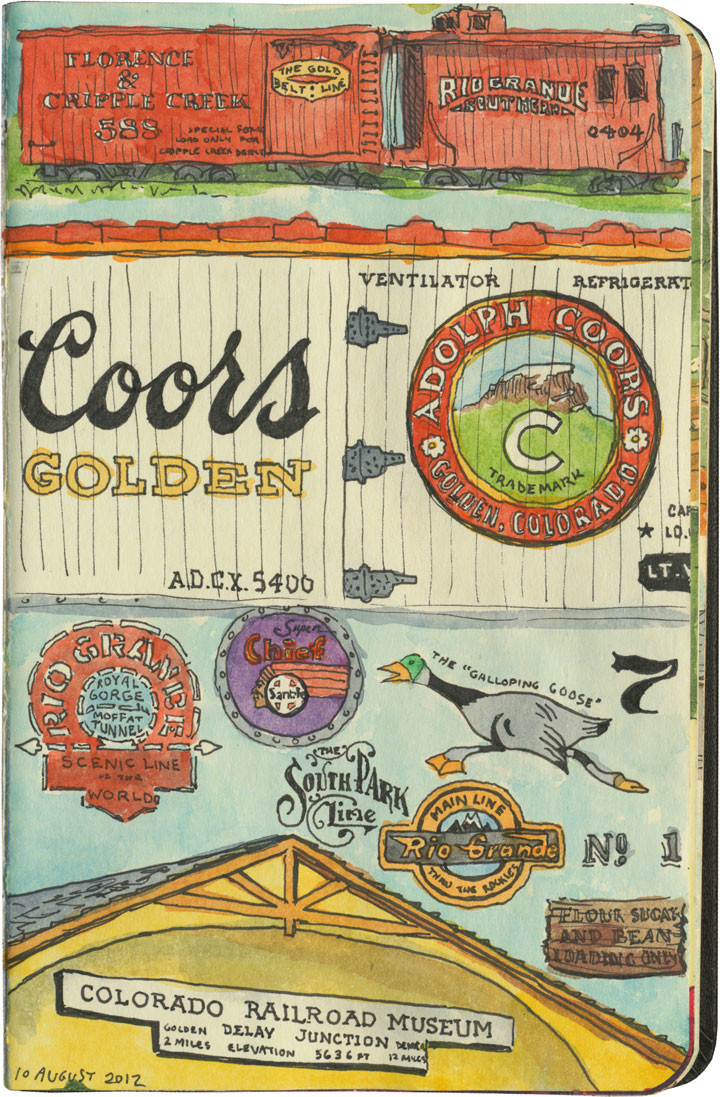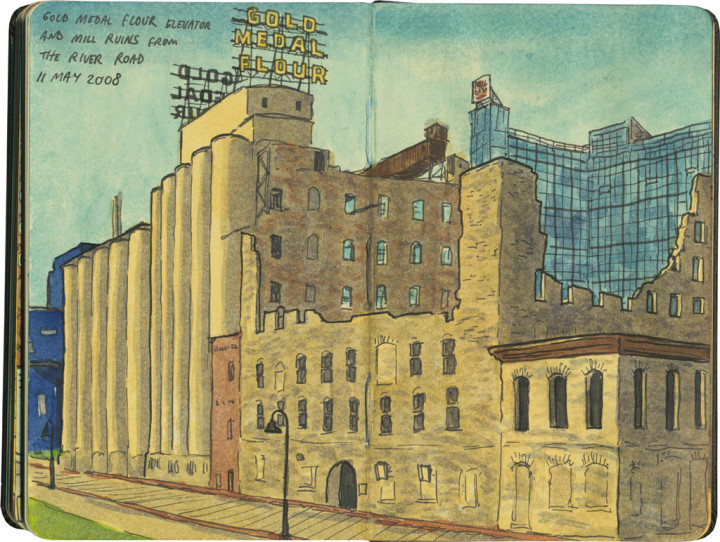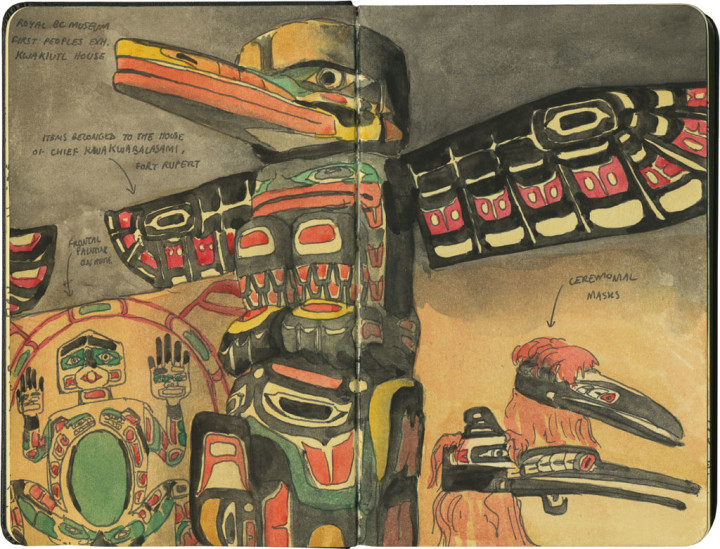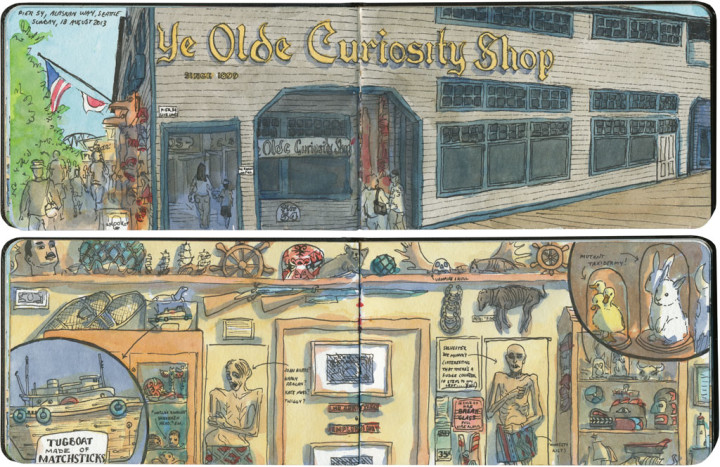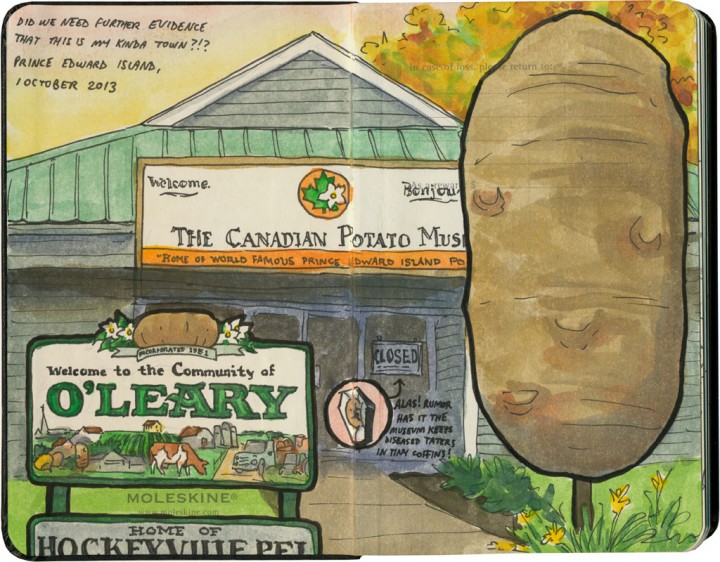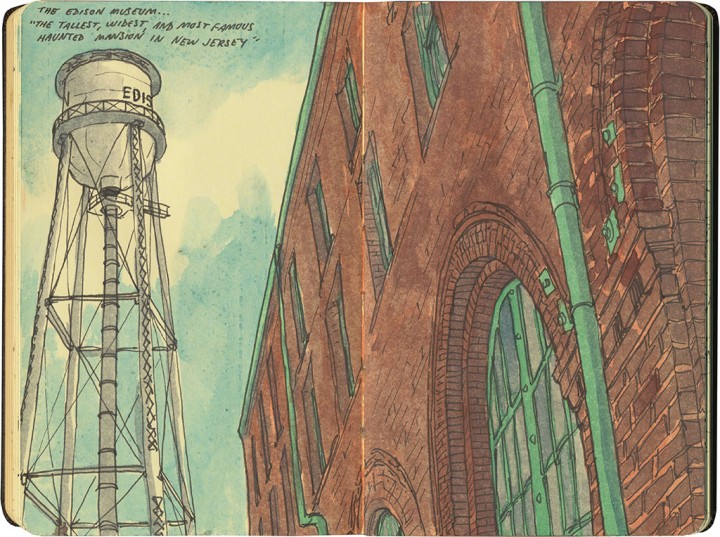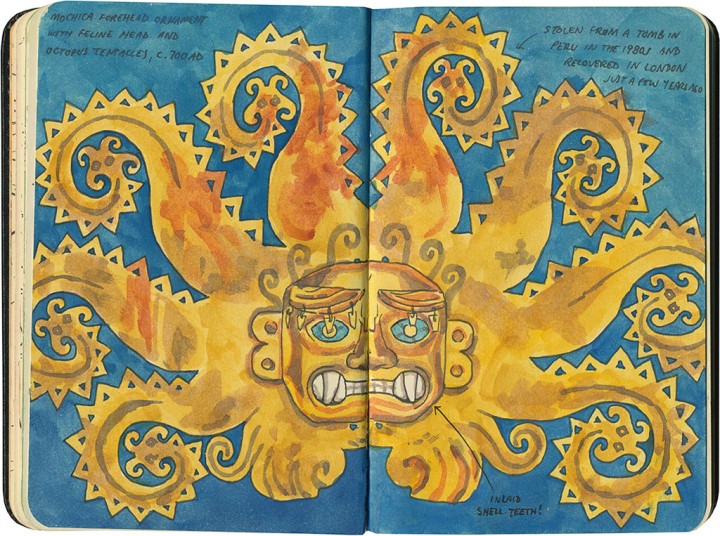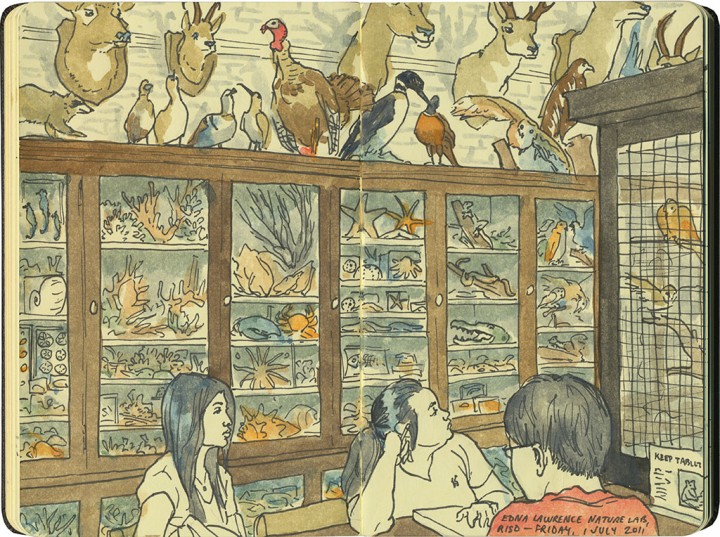These days, Seattle is a city that’s far too cool for school. It’s a place where rents are skyrocketing, LEED-platinum buildings are popping up like daisies, restaurants are whipping up the latest prix-fixe sustainable fusion menu du jour, and if you aren’t bearded and coiffed (or at least sporting a pair of hornrims and a couple of ironic tattoos), you’re probably in violation of some city ordinance.
Which is precisely why I love Ye Olde Curiosity Shop: it is the polar opposite of all of that. It is as old-school, down-home, un-PC and tacky-touristy as you can possibly get. It’s the kind of place that is so uncool that to the average hipster, it blows right past “ironic” and lodges itself firmly in the fanny-pack-and-socks-with-sandals camp.

I love it because it’s the Northwest’s answer to Wall Drug—on a much smaller scale, of course. (If we really wanted to compete with Wall Drug, we’d need a few giant fiberglass orcas outside, to begin with—not to mention about 300 billboards.)
I also love it because it has a real history. The shop began in 1899 as a sort of dime museum and cabinet of curiosities, designed to draw boom-town dollars during the Klondike Gold Rush. It has always been a mix of cheap souvenirs, film-flam curiosities, specimens of questionable origin, and real, valuable goods (including Northwest Native art; Princess Angeline, Chief Seattle’s daughter, was a regular shop supplier).

This mix of genuine and fraudulent permeates both the shop itself and its place in Seattle’s history. Ye Olde Curiosity Shop has had a large hand in how outsiders view the city—the best example being the tendency to associate Seattle with totem poles, even though there are no totem tribes in Washington. I find this sort of thing completely fascinating. From my point of view as a sketch artist, that’s where the real story is. I’m most interested in capturing where truth and legend intersect—where museum curator meets carney barker, where worthless meets priceless, where kitsch meets art. And I can’t think of a place in Seattle where those lines are more wonderfully blurred.


